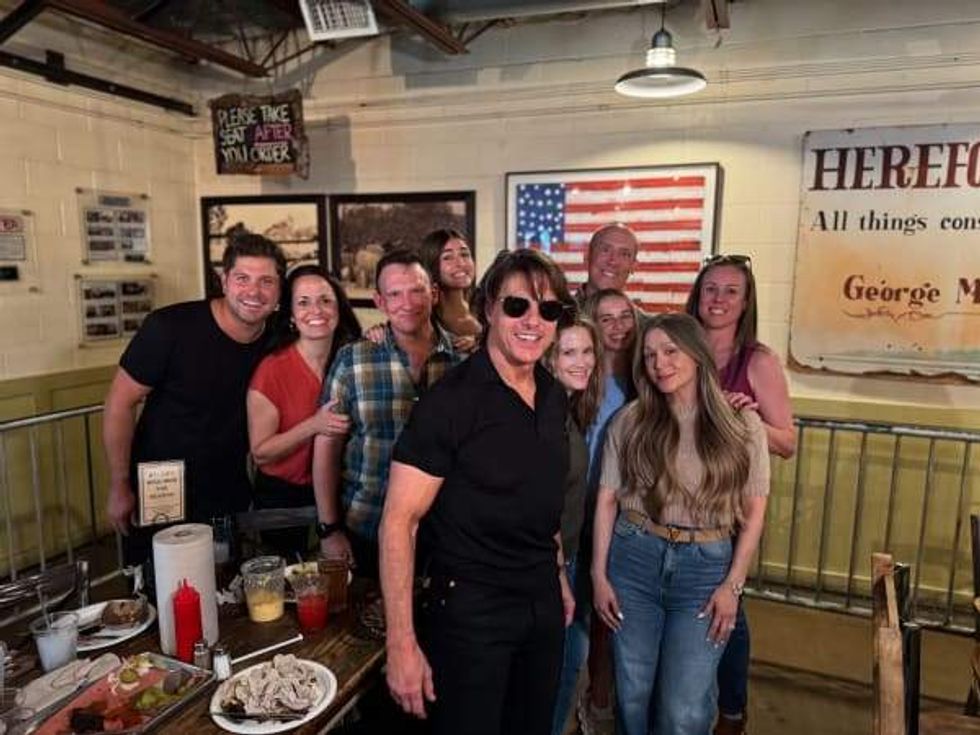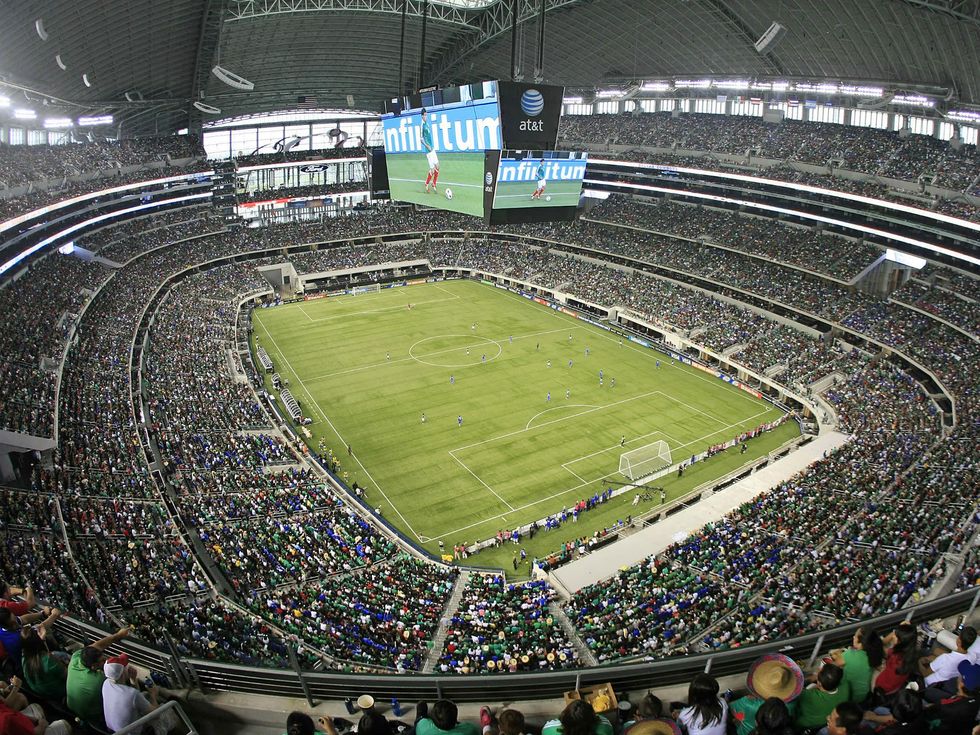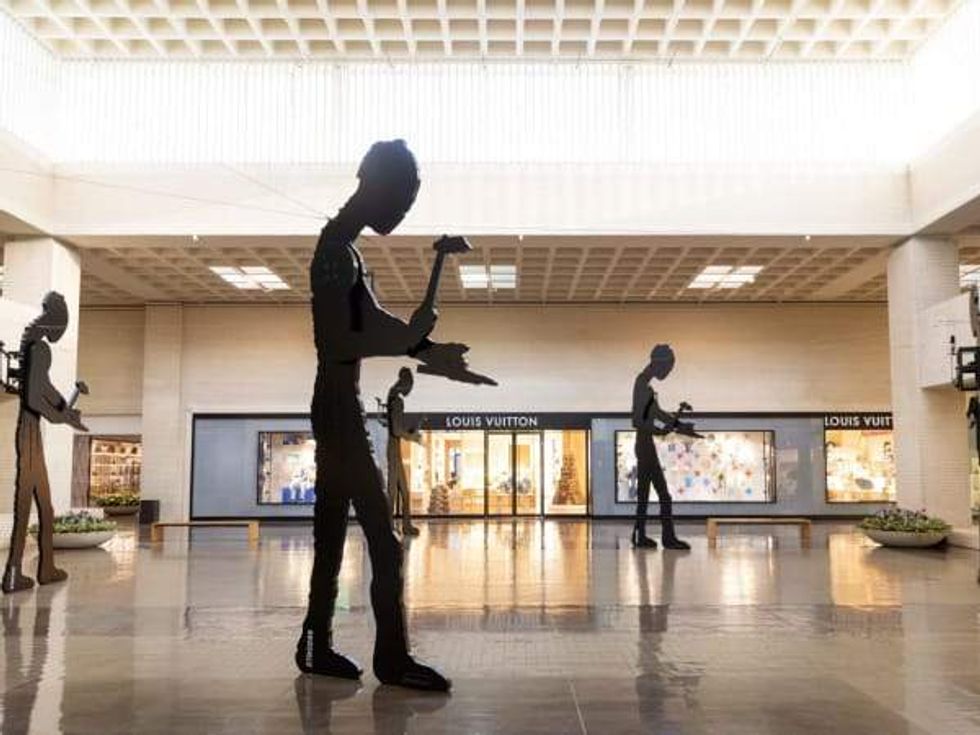The return of Middle Earth
Peter Jackson meddles too much in the undeniably fun The Hobbit: An UnexpectedJourney
In the wake of the massive success of The Lord of Rings trilogy, speculation naturally turned to if and when director Peter Jackson would adapt its prequel, The Hobbit. Nine years later, that dream has become a reality with the first of three planned installments, The Hobbit: An Unexpected Journey.
Although The Hobbit is a separate story from those that take place in The Lord of the Rings, it shares many characters, settings and attributes. In fact, the portion of The Hobbit portrayed in this film has much in common with The Fellowship of the Ring.
Martin Freeman plays Bilbo Baggins, a young hobbit and uncle to Frodo, who is roped into a quest by Gandalf (Ian McKellan) that takes him far from his home. He’s joined by a group of others, in this case 13 dwarves, who initiate the quest to try and reclaim their homeland after it was forcefully taken by a dragon named Smaug.
Visual and audio callbacks to the original trilogy abound and make fans feel right at home immediately.
This quest, like Frodo's, is full of danger and adventure, and includes visits to familiar places like the elvish home of Rivendell and meetings with characters such as Lord Elrond (Hugo Weaving) and the scrawny, desperate Gollum (Andy Serkis).
Visual and audio callbacks to the original trilogy abound — including Howard Shore's stunningly good soundtrack — and make fans feel right at home immediately.
It's all well and good to set the tone that we're in for a similar ride, but there are instances in which Jackson goes a bit too far in serving up reminders of the first films. Although not all the dwarves are analogous to members of the Fellowship, there are some striking similarities.
Like Aragorn, Thorin Oakenshield (Richard Armitage), the leader, is a ruggedly handsome son of royalty looking to make his way home again. Another dwarf — good luck keeping their names straight — is an expert archer, much like Legolas. Two other characters seem to be around purely for comic relief, like Merry and Pippin.
Jackson hasn't lost his touch when it comes to staging action scenes, though. In written form, The Hobbit is usually referred to as a children’s book, but Jackson makes sure The Hobbit more than earns its PG-13 rating. Battles with goblins, orcs, menacing giant spiders and other fearsome things ensure that this will not be seen as a kid-friendly outing.
Jackson chose to film not only in 3D, but also at 48 frames per second. In trying to advance technology, he has unwittingly set it back.
What could be the movie's biggest downfall, though, has nothing to do with the story itself. Jackson chose to film not only in 3D, but also at 48 frames per second, which is double that of pretty much every other film you’ve ever seen. What that means for you as a viewer is that many scenes now take on a hyper-real look, almost as if you were in the room with them.
This may sound great in theory, but in practice it makes the visuals look worse, not better. It’s not that the film is difficult to watch; it’s often, thought not always, cheap-looking. In certain sequences, it’s almost as if you’re watching a Mexican soap opera or cheesy TV movie.
In trying to advance technology, Jackson has unwittingly set it back. He wanted to bring us closer to the action on screen, which wasn't necessary.
Movies are not reality; it’s that removal from real life that makes the majority of movies — especially fantasy ones like this — so enjoyable. In trying to make the visuals more realistic, Jackson seems to have lost sight of this fact.
I will give him credit for one thing, though — 3D is notoriously hard on the eyes, but there was never a point where I strained in the slightest. Not every theater will show the high frame rate version, so this could be the first film where opinions differ based purely on how the film is shown.
Although I have issues with some aspects of the film, the acting is not one of them. Freeman makes for quite the enjoyable Bilbo no matter if he's being standoffish or joining in the action. McKellan can do no wrong as Gandalf — the role fits him like a glove, and Serkis shines again in a brief but effective appearance as Gollum.
Most of the actors playing dwarves have a chance or two to make themselves noticed, but Armitage is the breakout star. By the time the series finishes in 2014, he'll likely be everywhere.
The Hobbit: An Unexpected Journey is an up-and-down affair that's almost undone by Jackson's technological tinkering. But the pureness of J.R.R. Tolkien's story comes through overall and, if nothing else, it's a lot of fun being back in Middle Earth again.


 Guy Fieri and Oren Salomon Courtesy photo
Guy Fieri and Oren Salomon Courtesy photo  Tom Cruise in Dallas Tribal Cafe
Tom Cruise in Dallas Tribal Cafe  The 2026 FIFA World Cup will be played at AT&T Stadium in Arlington and other venues in the U.S., Mexico, and Canada. Photo courtesy of CONCACAF
The 2026 FIFA World Cup will be played at AT&T Stadium in Arlington and other venues in the U.S., Mexico, and Canada. Photo courtesy of CONCACAF  Hammering Men, 1982 NorthPark Center
Hammering Men, 1982 NorthPark Center